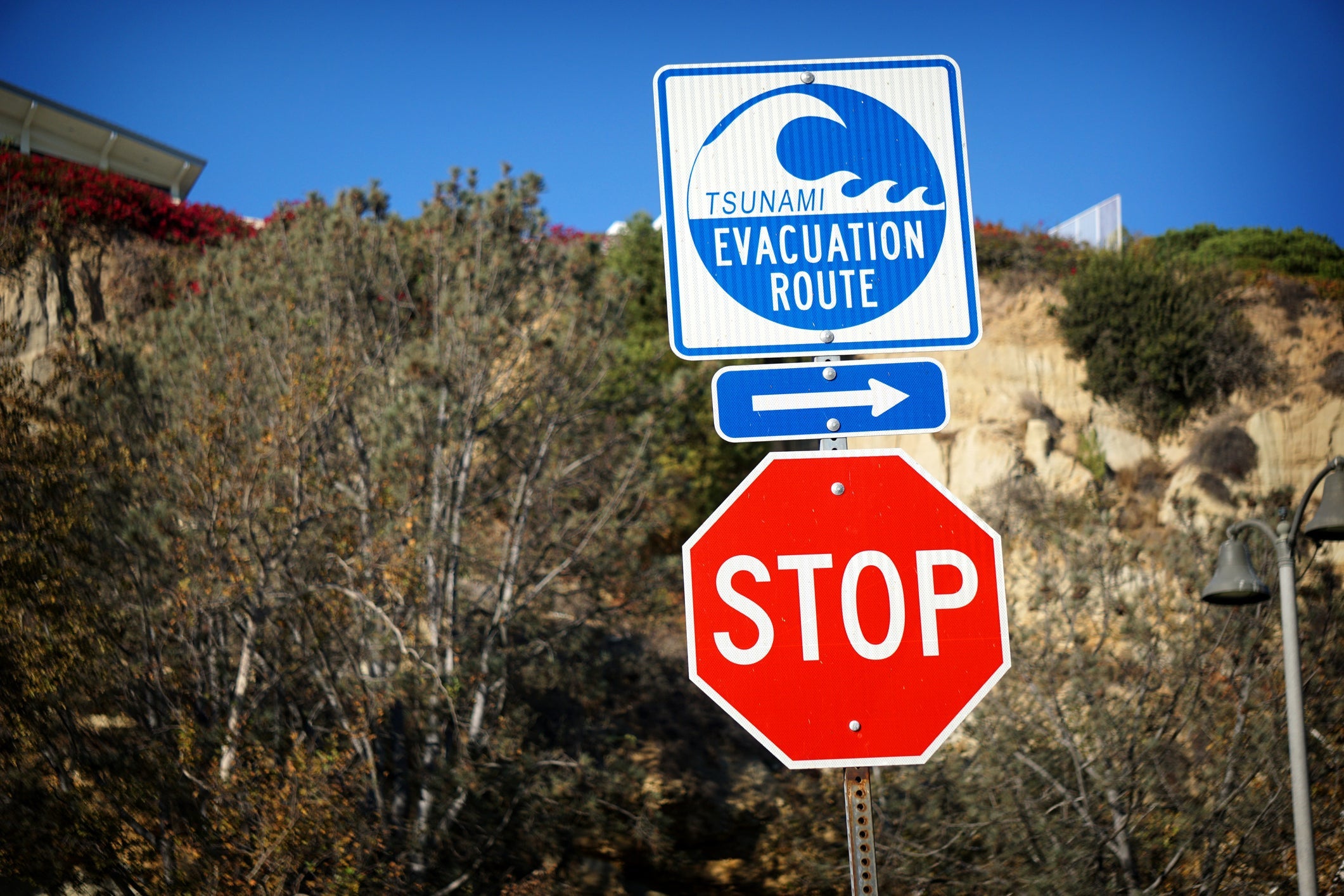On June 23, 2023, in an unexpected occurrence, a meteotsunami struck the shoreline of Clearwater, Florida, following a line of storms that moved through the area [1][2]. The meteotsunami resulted in a significant rise in water levels of about 5 feet along the coast. While meteotsunamis are relatively uncommon, they are generated by weather and pressure differences and can occur in various parts of the world, including the Gulf Coast [1].
Meteotsunamis are characterized by large waves that can cause damaging impacts, including flooding, strong currents, and potential harm to coastal structures [1]. However, in this instance, there were no reported injuries or water rescues resulting from the meteotsunami on Clearwater Beach [4]. It is important to note that meteotsunamis are distinct from seismic tsunamis, which are caused by undersea earthquakes or other geologic events.
The Gulf Coast region, including Florida, has experienced meteotsunamis in the past, with the most notable one occurring in 1995 [1]. However, it's essential to understand that meteotsunamis are relatively rare events and differ from the typical weather phenomena experienced in the area.
Meteotsunamis are a reminder of the complex interactions between weather patterns and the ocean. Although they generally go unnoticed, this recent meteotsunami in Clearwater, Florida serves as a reminder of the potential for unusual coastal events generated by weather-related factors.
Stay tuned for further updates on this developing story and follow local authorities' guidance for any necessary precautions.
Note: The occurrence of a meteotsunami does not indicate an ongoing tsunami threat or the activation of the Pacific Tsunami Warning Center or other similar agencies responsible for seismic tsunamis.
To increase your chances of surviving a tsunami, it is important to be prepared and take appropriate actions. Here is a comprehensive list of things you should have or do to enhance your survival during a tsunami:
-
Stay informed: Pay close attention to tsunami warnings, alerts, and evacuation orders issued by local authorities. Stay tuned to reliable sources of information such as emergency radio broadcasts, official websites, or local news outlets.
-
Evacuation plan: Familiarize yourself with evacuation routes and maps for your area. Have a well-defined plan in place, including designated meeting points for your family or group.
-
Early warning signs: Learn to recognize the natural warning signs of an approaching tsunami, such as a strong and long-lasting earthquake, unusual water behavior (e.g., rapid water level changes, sudden water retreat), or unusual animal behavior.
-
Seek higher ground: In the event of a tsunami warning, move immediately to higher ground or inland to a location at least 100 feet above sea level. It's crucial to reach a safe area as quickly as possible.
-
Tsunami survival kit: Prepare a tsunami survival kit that includes essential supplies to sustain you and your family for at least 72 hours. Here are some items to consider including:
- Non-perishable food items (canned foods, protein bars, dried fruits, etc.)
- Sufficient drinking water (at least one gallon per person per day)
- Water purification methods (water filter, purification tablets)
- Shelter (tent, sleeping bags, blankets)
- Clothing appropriate for the weather conditions
- Hygiene items (toilet paper, wet wipes, hand sanitizer)
- First aid kit and necessary medications
- Flashlight and extra batteries
- Battery or crank-powered radio
- Whistle or signaling device
- Waterproof matches or lighter
- Compass
- Local maps
- Cash in small denominations
- Important documents (identification papers, insurance information) stored in a waterproof bag
-
Secure your home: If you have enough time before the tsunami, secure your home by shutting off utilities (gas, electricity, water) to minimize the risk of further damage.
-
Practice swimming skills: If you find yourself in the water during a tsunami, try to reach a sturdy floating object that can provide buoyancy and hold on to it until the water recedes or help arrives.
-
Post-tsunami precautions: After the tsunami, be cautious when returning to affected areas. Avoid floodwaters, damaged buildings, and infrastructure. Be aware of potential hazards and follow instructions from authorities. Document any damages for insurance purposes.
Remember, preparedness and quick action are key to surviving a tsunami. Stay informed, have a plan, and be ready to act decisively to protect yourself and your loved ones.
Sources:


